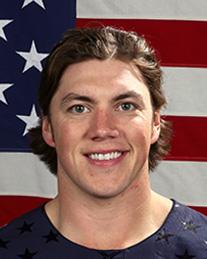



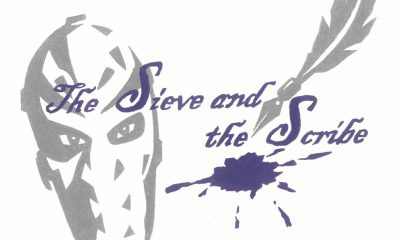

Kevin and Dan from Mankato Hockey Day Minnesota
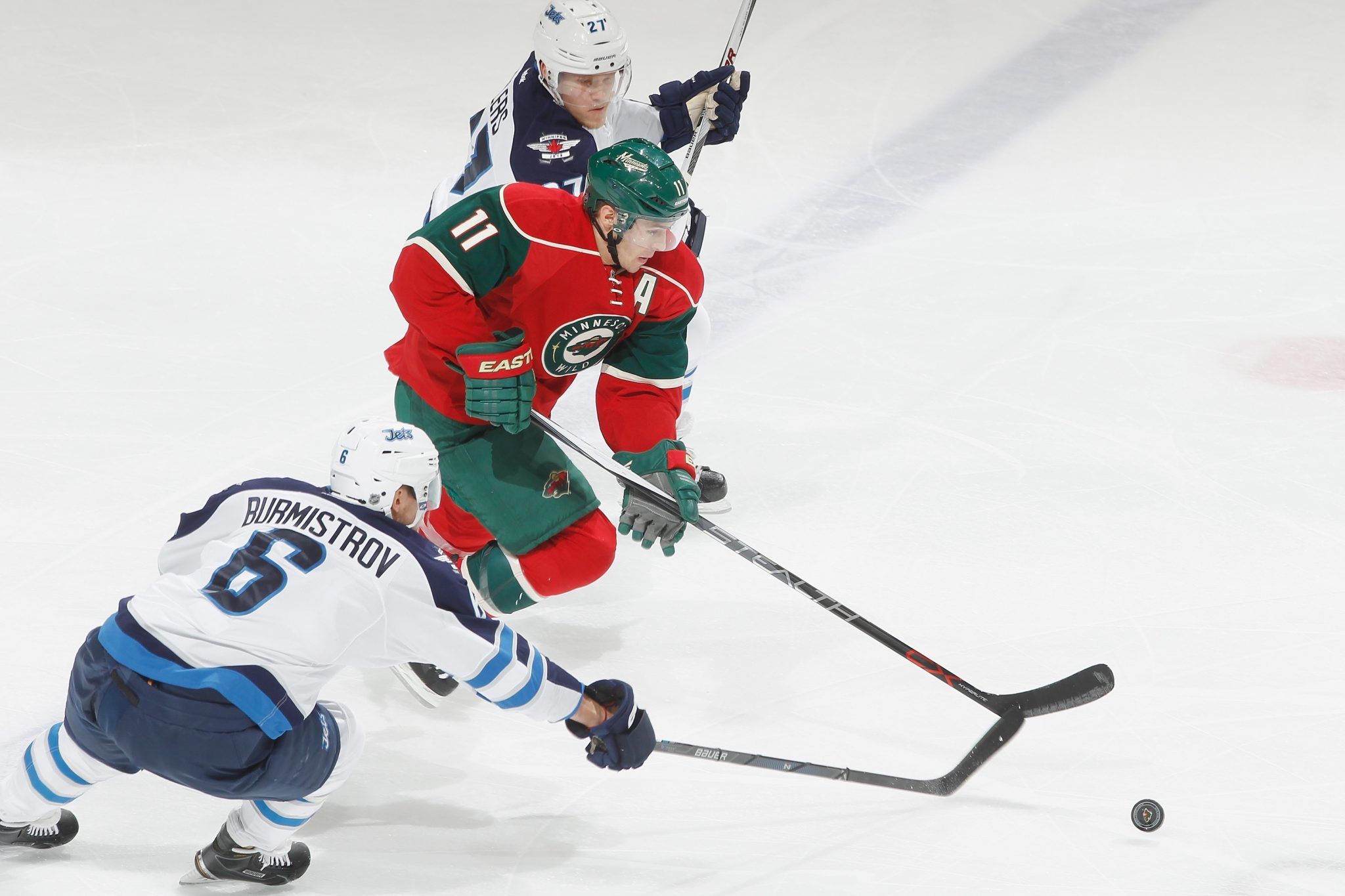

Minnesota sleeps through loss to Jets
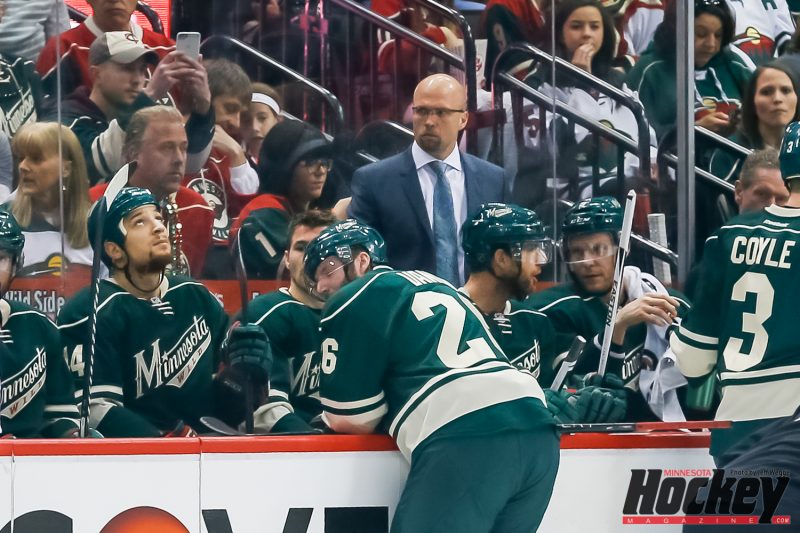

Struggling Canucks thankful for Minnesota's giving
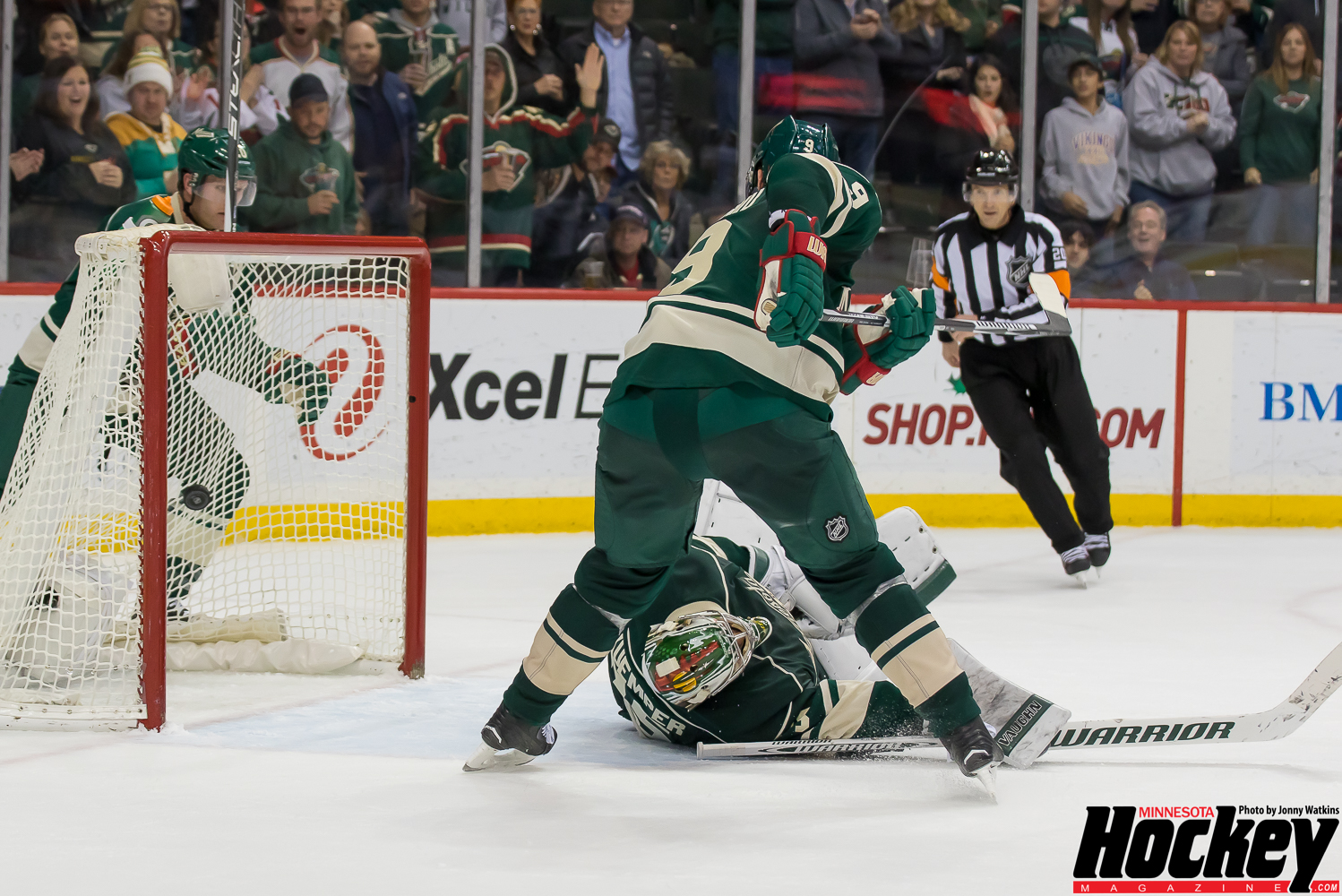

Third straight loss hints at dawn of annual mid-season swoon